Tilt Shift Urban

Natural Landscape
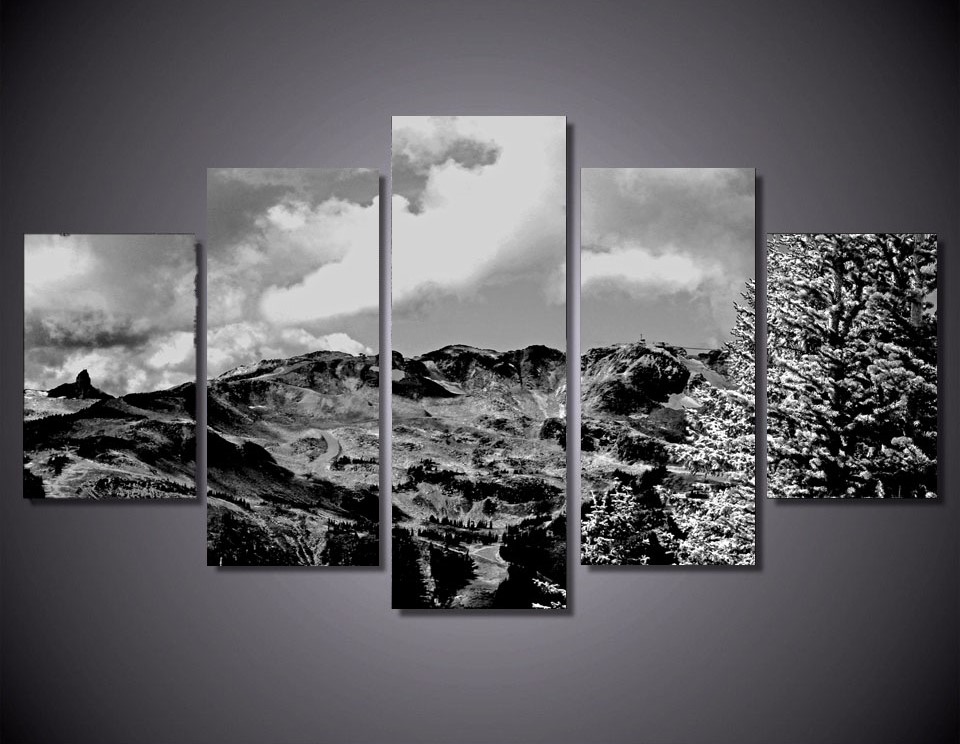
Keld Helmer Peterson
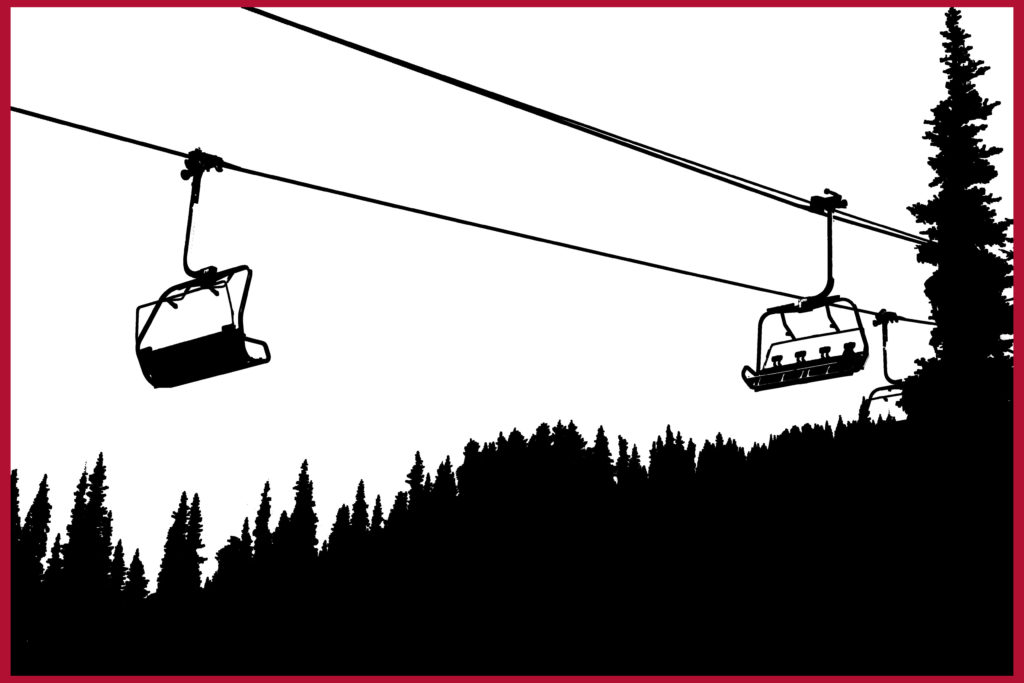






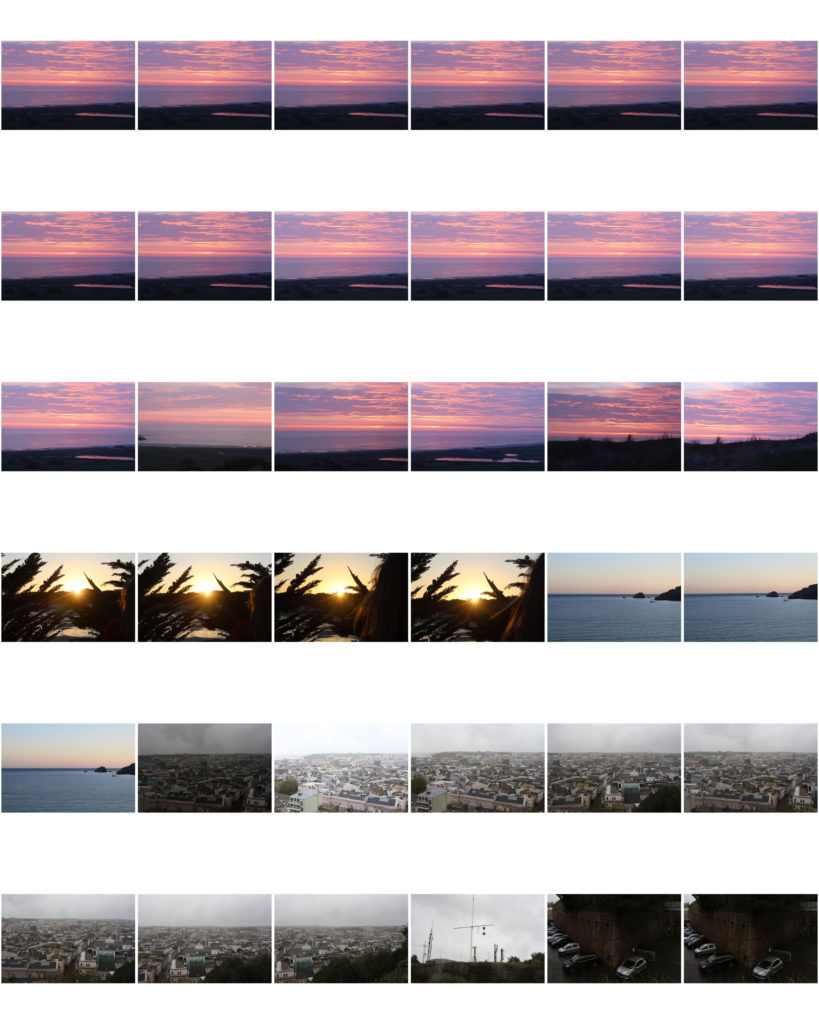
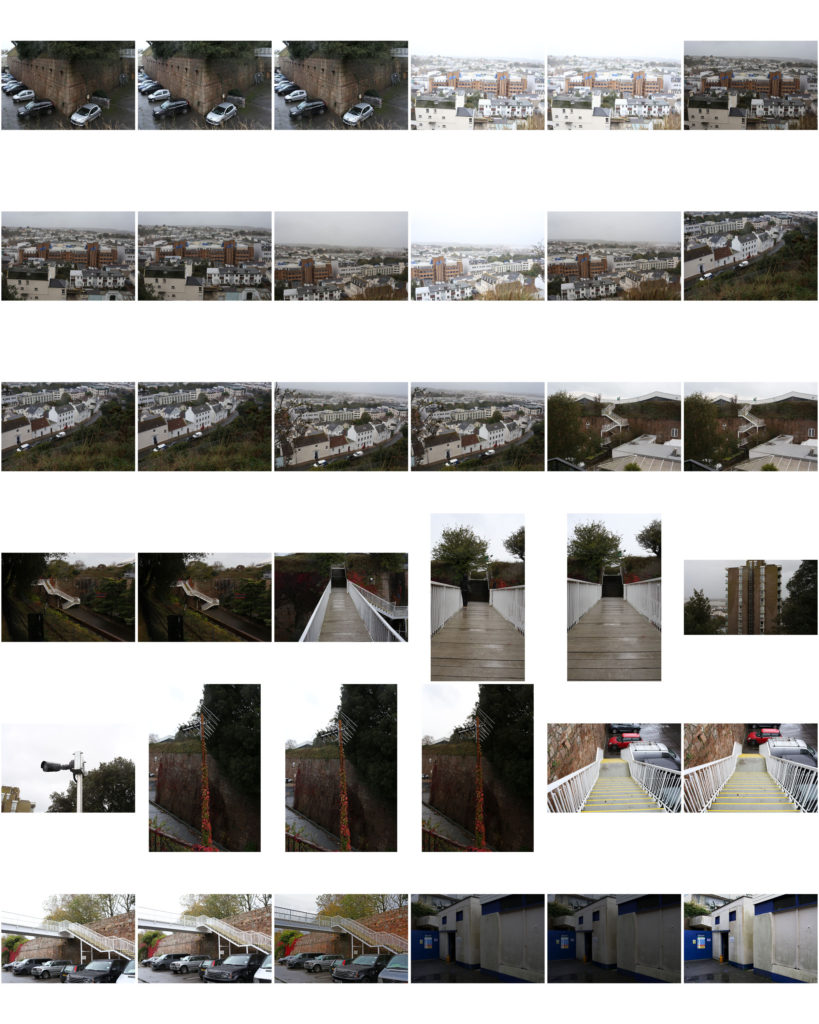
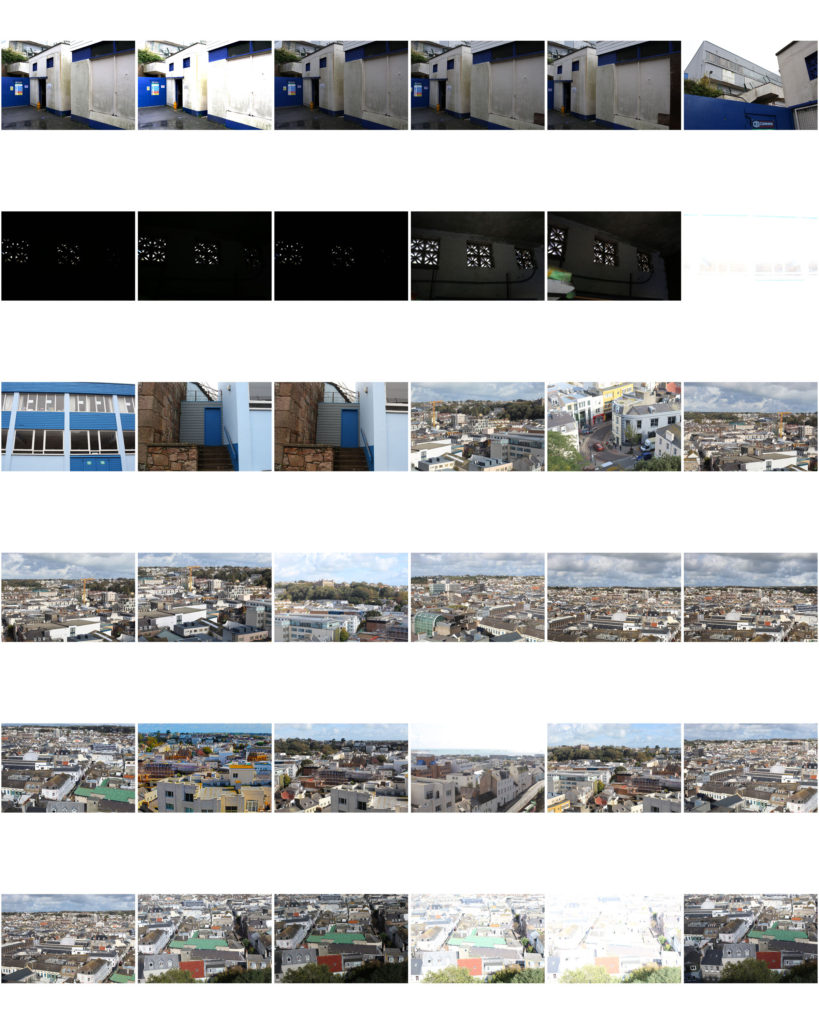





New Topographics: Photographs of a Man-Altered Landscape was an exhibition that has been considered a key point in American landscape photography. The show was created by William Jenkins and remained available to the public for 5 months in the 70’s. The work by Jenkins has made a huge impact on American and European photography.
Jenkins selected a team of 8 young photographers and a German couple who had been working with typologies. Each photographer in the New Topographics exhibition was represented by 10 prints. All but Stephen Shore worked in black and white.
EG.



My Attempts


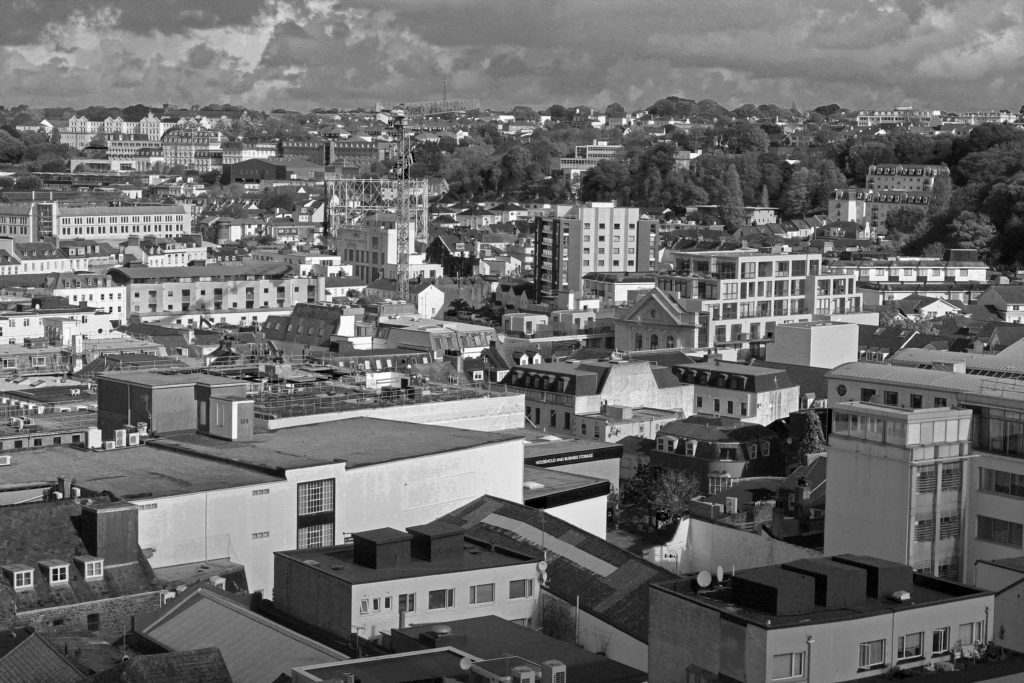
In 1973 Stephen Shore set out from New York to photograph the United States for what became a book called “Uncommon Places.” He shot his motel room in Idaho Falls,and a pancake breakfast at the Trail’s End Restaurant in Kanab,
He was in his mid-20s and already a star. 8 years earlier, he had sold some of his photographs to the Museum of Modern Art. Then he started hanging out in Andy Warhol’s Factory, where he lighted shows for the Velvet Underground.
In 1971 the Metropolitan Museum of Art gave Shore its second-ever exhibition by a living photographer. He was 23 when it opened and he told the writer Lynne Tillman years later that having a show other photographers waited a lifetime for made him worry.

His twist on the topographics with colour photos created a style of its own that although is less famous than the generic topographic theme is still very popular.
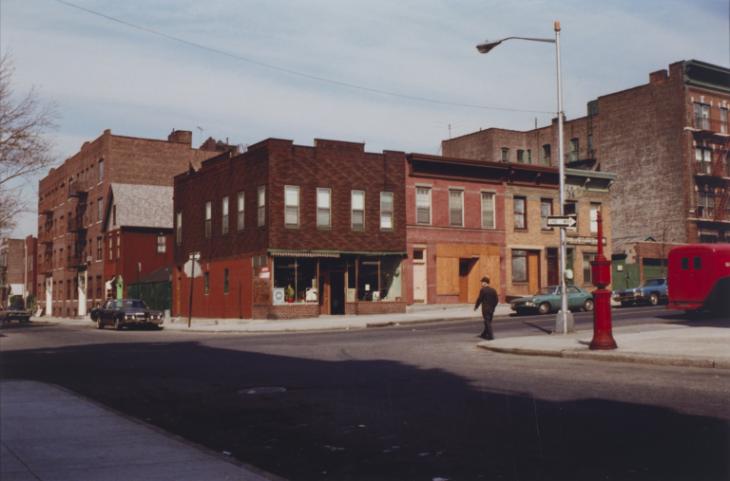
Petersen was a Danish photographer, renowned for his work with abstract colour photographs. The prime of his work was during the 1940/50’s. He studied at the institute of design in Chicago and was taught by Harry Callahan. Petersen experimented with all his work and pushed the boundaries of ‘normal photography’. In the early 2000s, Helmer-Petersen was rediscovered when 122 Colour Photographs was presented in volume one of Martin Parr and Gerry Badger’s three volume survey of the most notable photo-books.
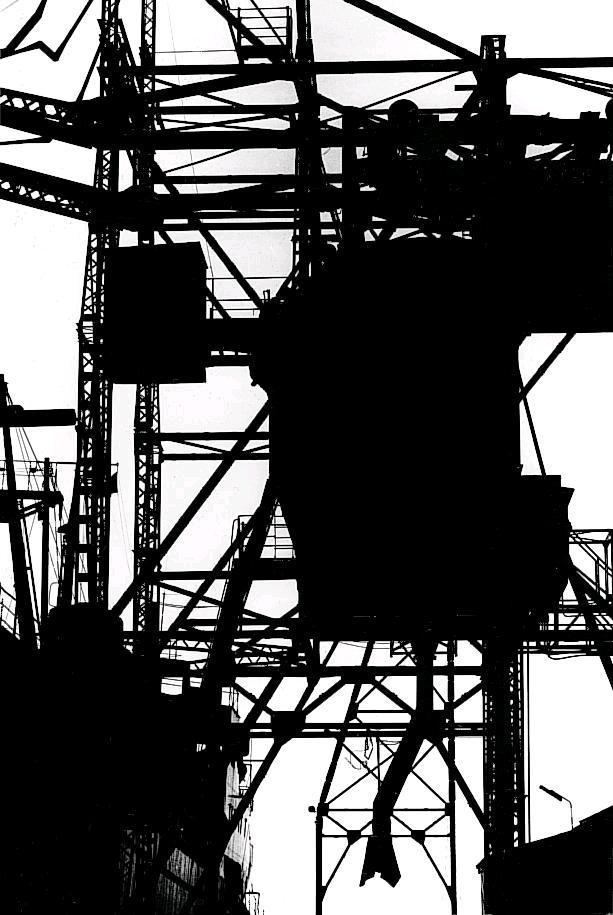
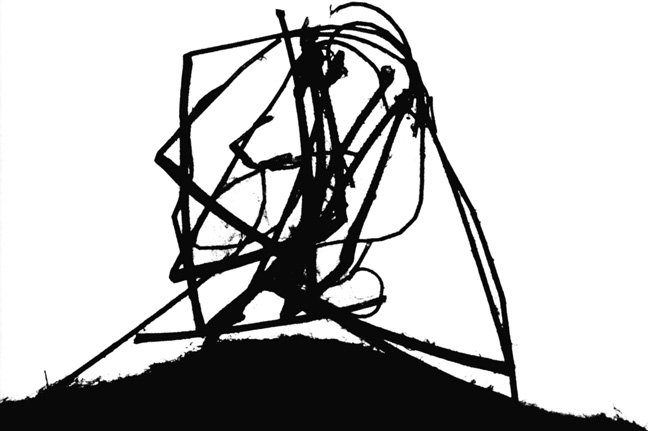
I attempted to recreate Petersen’s iconic style with some of my own images by experimenting with the threshold. I also used the paint bucket tool to fill in gaps in the black areas to make the images more smooth and clear.
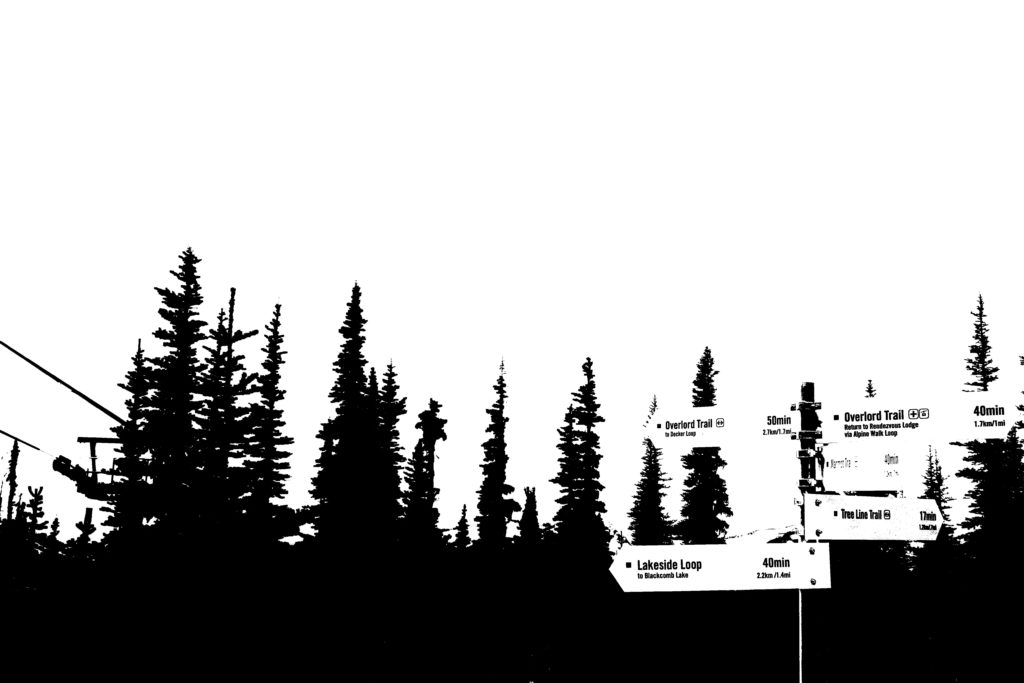
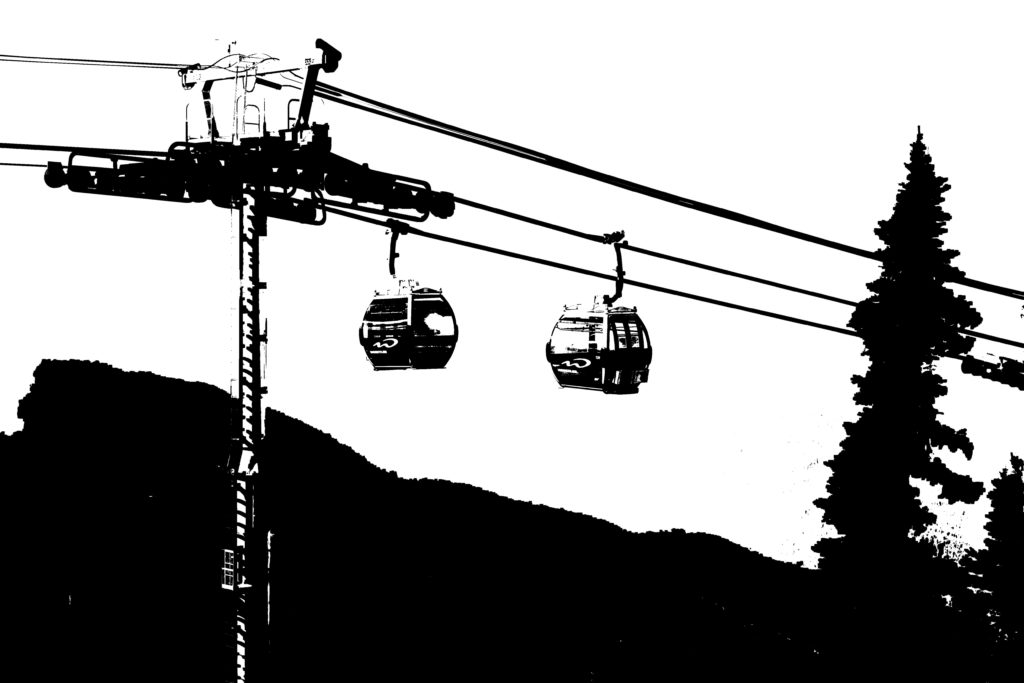


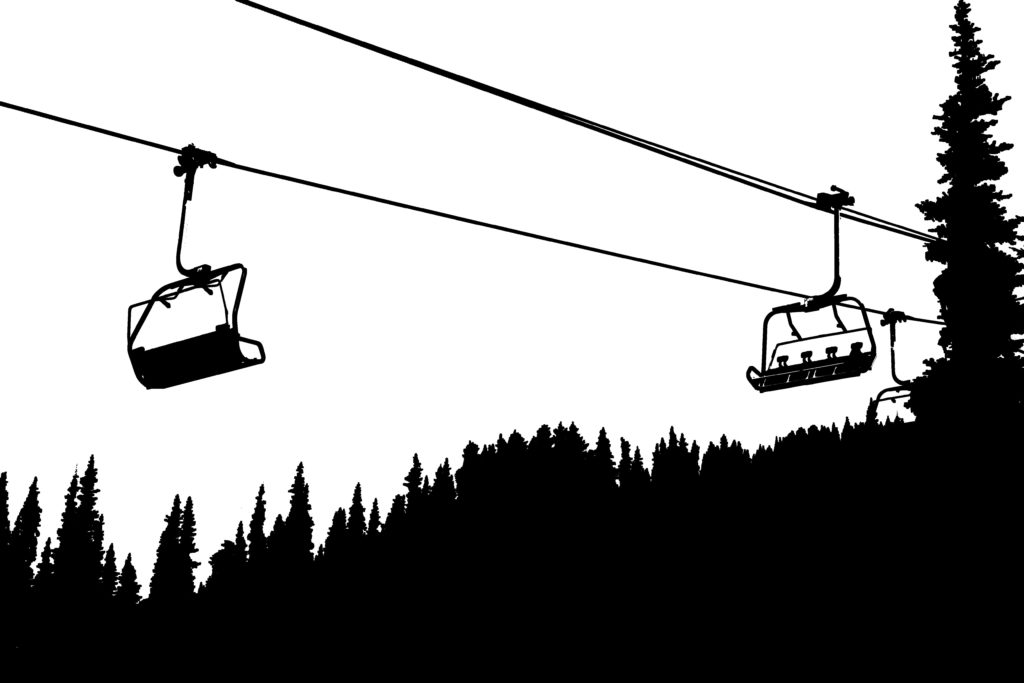

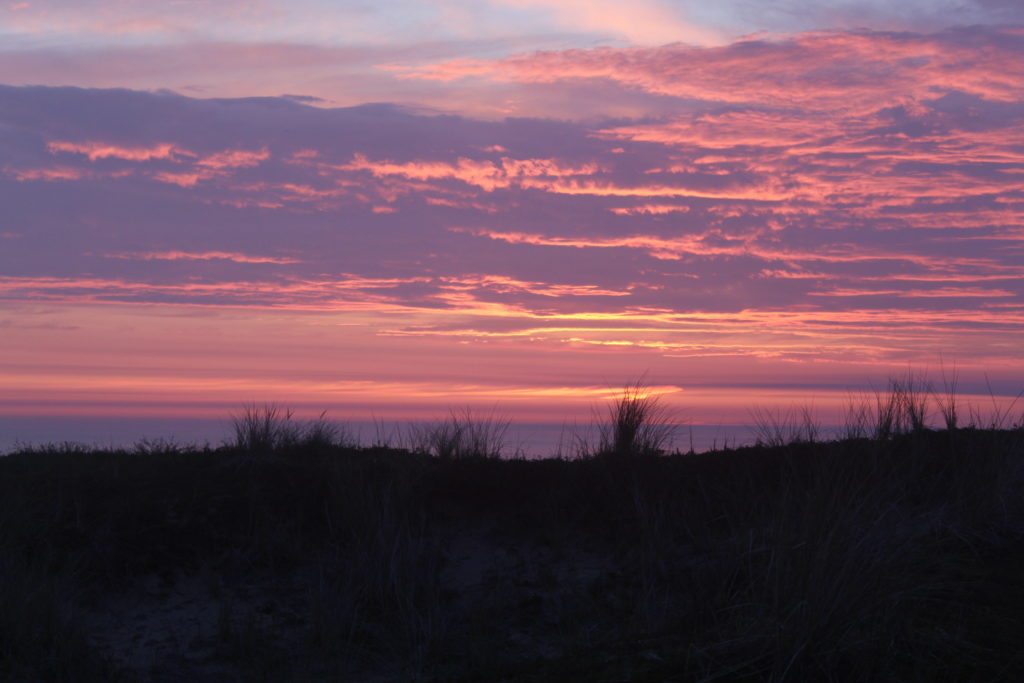
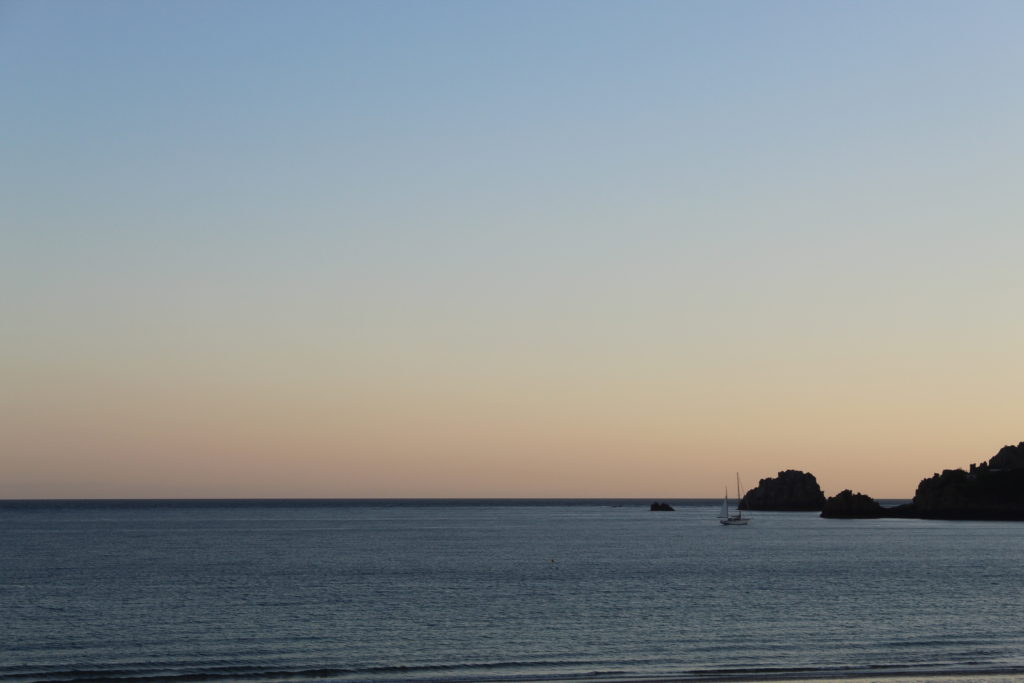
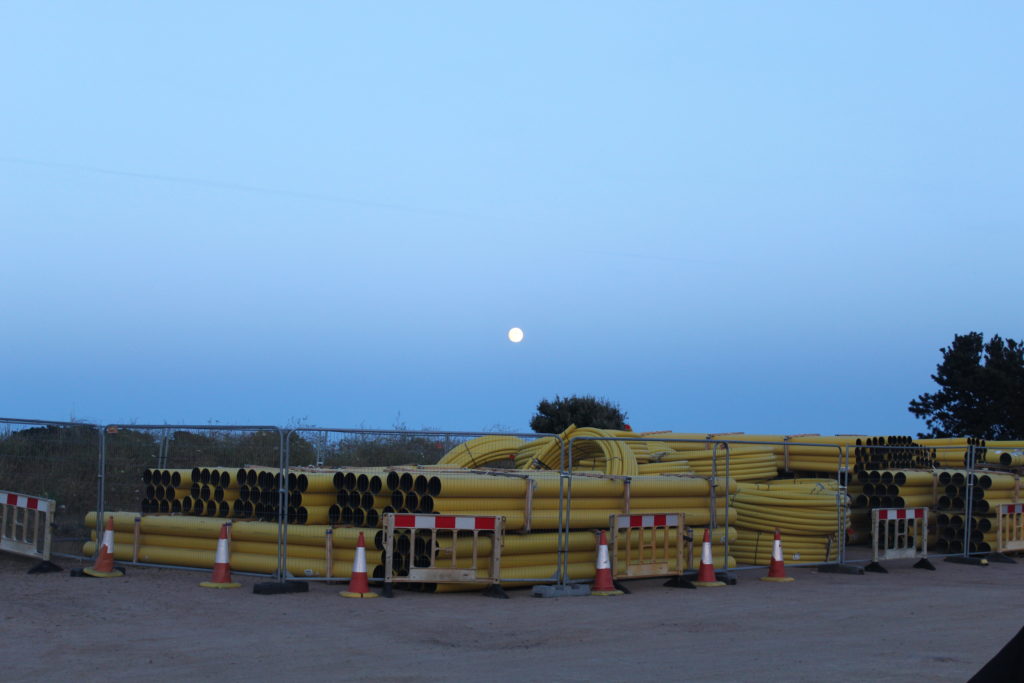
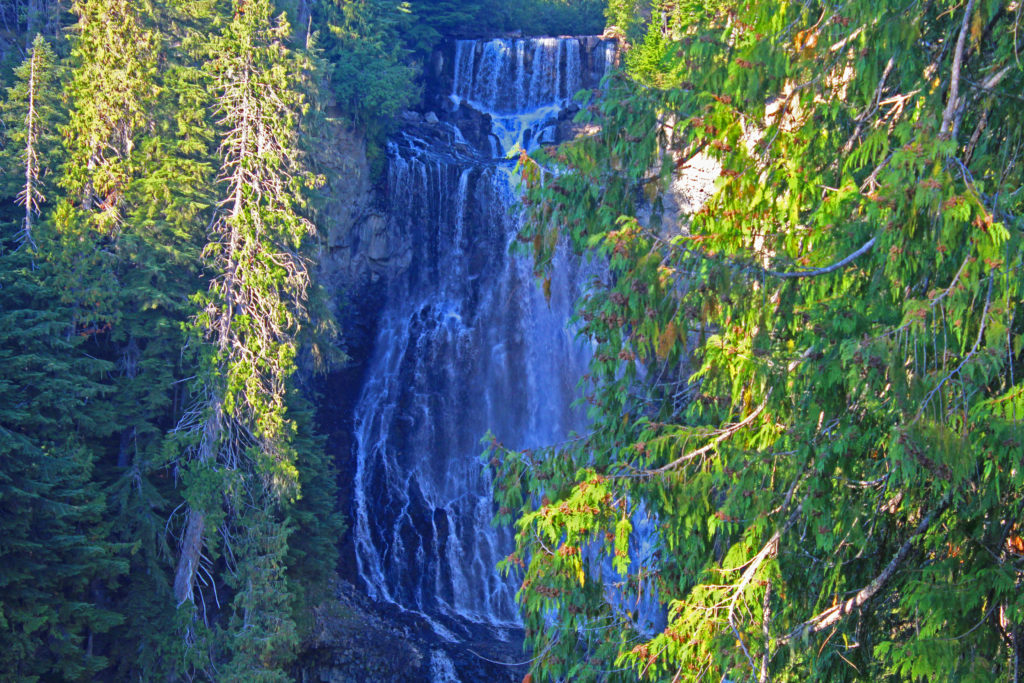
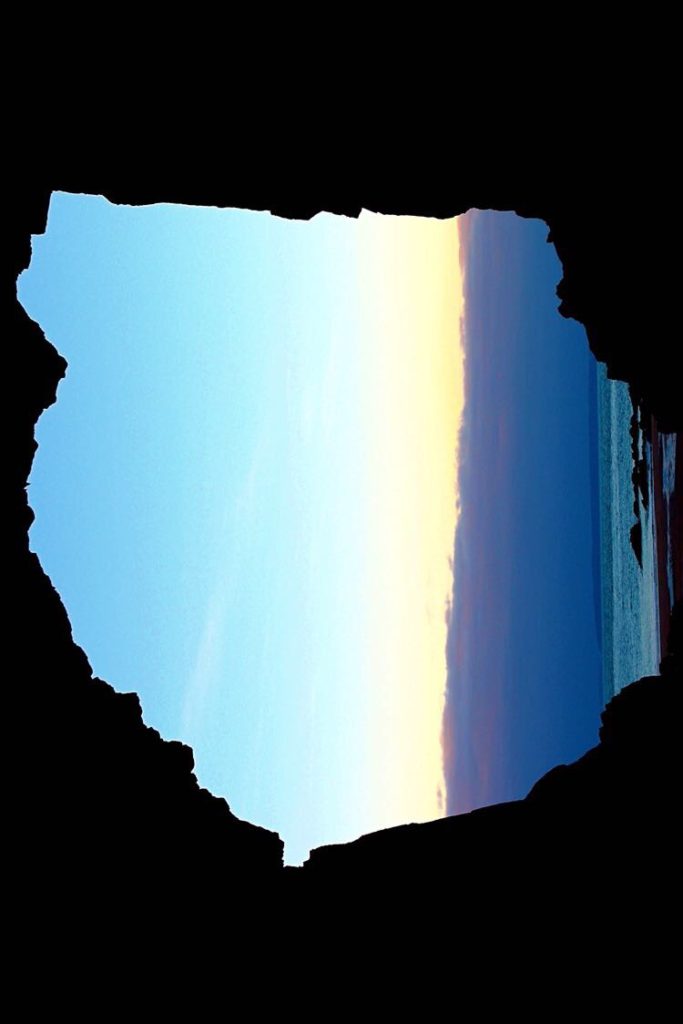
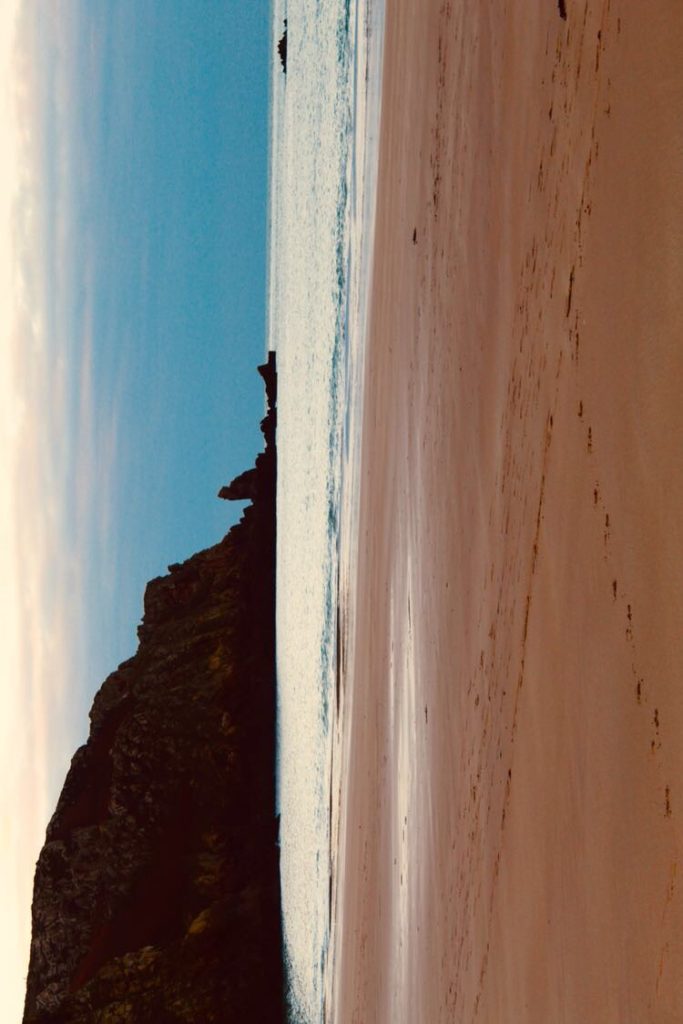


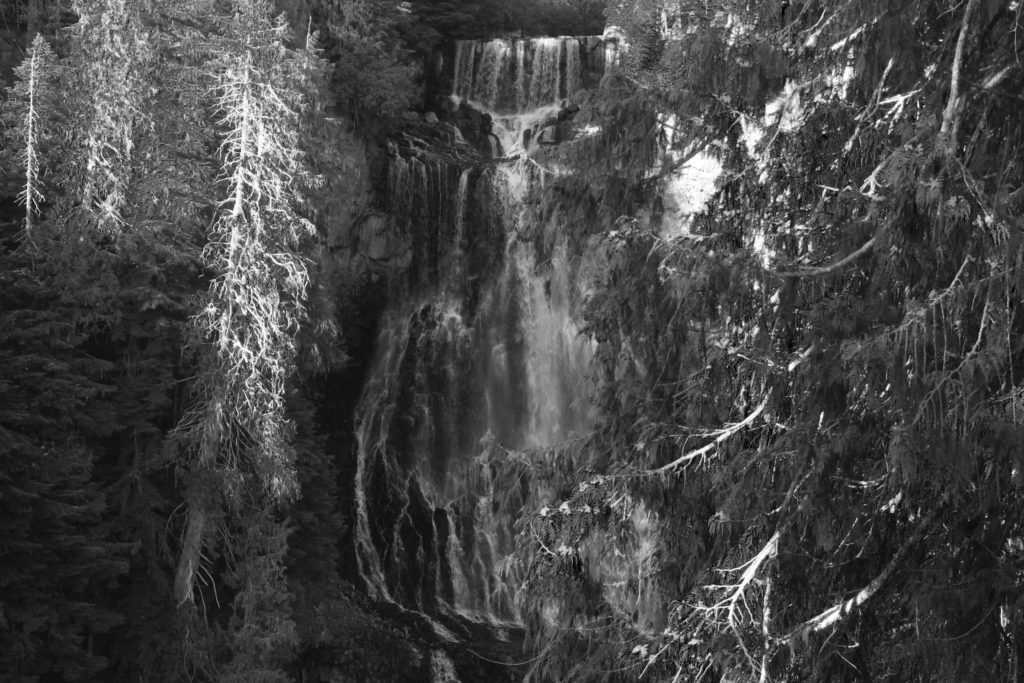
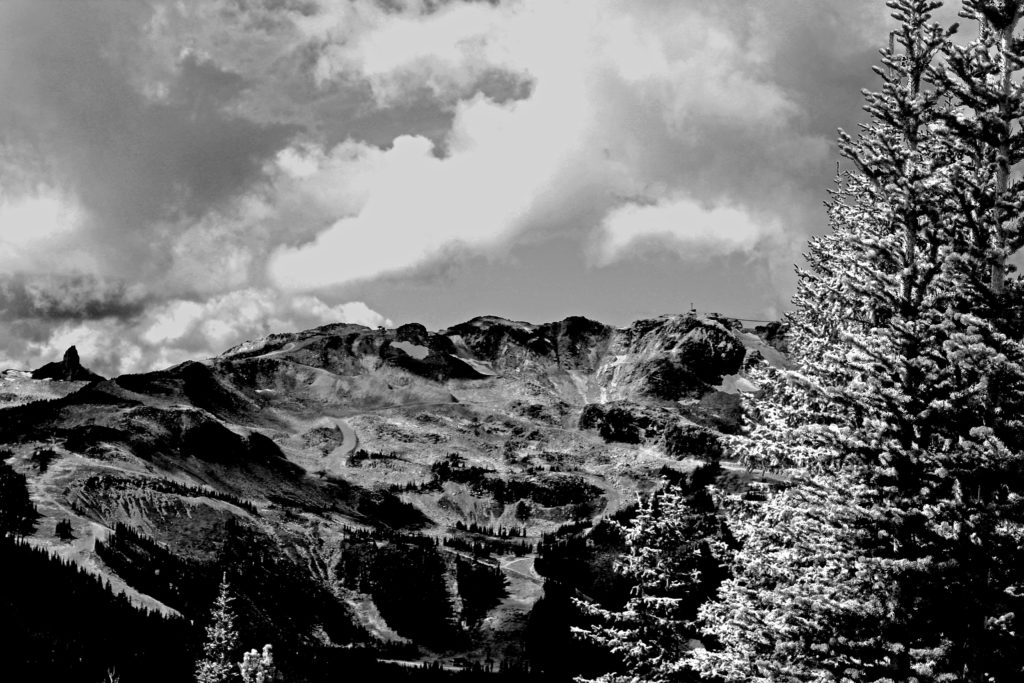
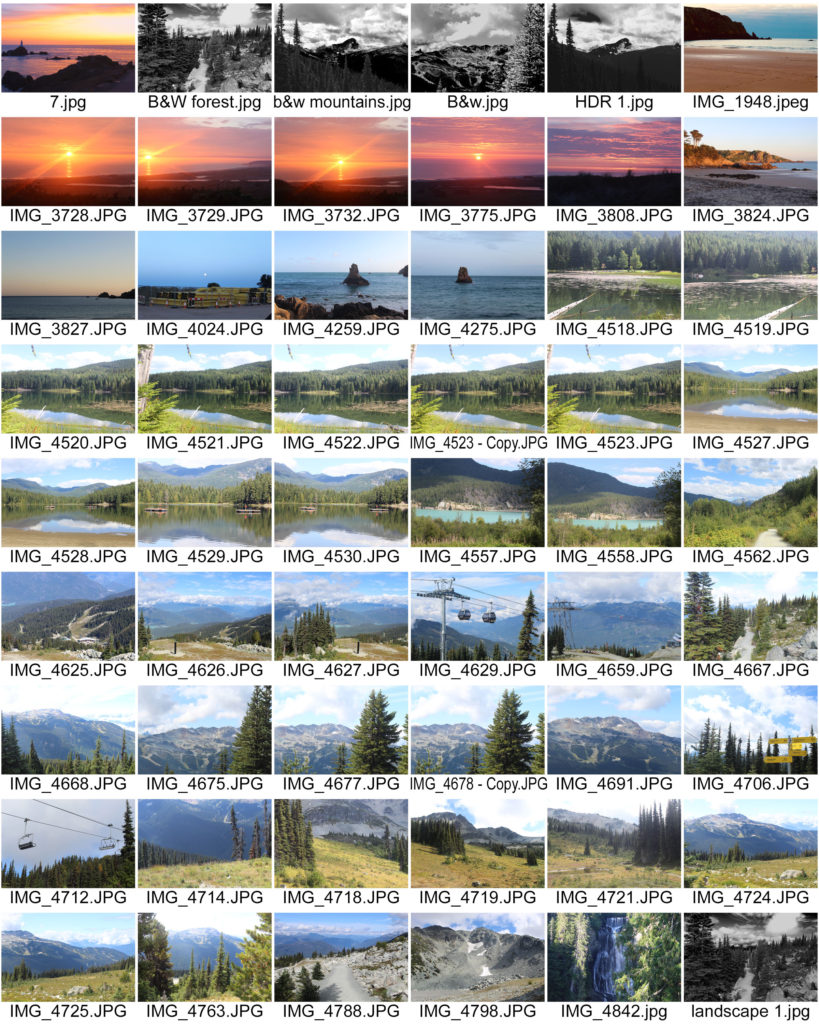



I adjusted the threshold on all of these pictures to match the style of Keld Helmer-Petersen. I also used a paint bucket to fill in white spots and create a smooth set of images
Don McCullin was a photographer’s assistant in the RAF during 1956. He failed the written theory test to become a photographer in the RAF and spent his service in the darkroom. This was when he bought his first camera for £30 but on returning to Britain he had to pawn it.
In 1958 he took a photograph of a London gang called The Guvnors in a bombed out building. He was encouraged by his colleges to submit his photo to The Observer and they published it. This began McCullin on his life of being a photographer.
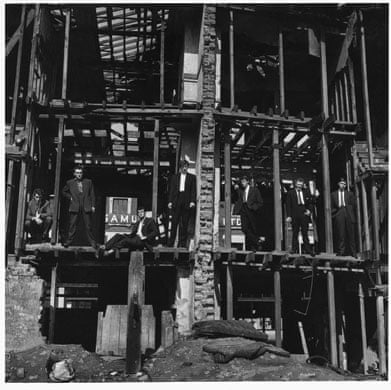
Between 1966 and 1984 he worked as a photographer overseas for Sunday Times recording catastrophes such as war and the victims of the Africa AIDS epidemic. His work in the Vietnam war is very well renowned and honored by many photographers.
In 1968 McCullin’s Nikon stopped a bullet intended for him but this did not effect his passion for recording in these dangerous areas. In 1982 the British Government refused to grant McCullin a press pass to cover the Falklands war claiming the boat was full. He believed it was because the Thatcher Government felt the images might be too disturbing politically. He was also invited to photograph The Beatles at the height of their fame which was an easier and more trendy assignment.

Later in his life McCullin has turned to Landscape photography. With much of work being presented in exhibitions throughout England. He was named as the ‘Photo London Master of Photography’ in 2016.
Quotes:
“Digital photography can be a totally lying experience – you can move what you want, the whole thing can’t be trusted really “
“I have risked my life endless times, and ended up in hospital with all kinds of burns and shell wounds. I have those reptile eyes that see behind and in front of me. I’m constantly trying to stay alive. I’m aware of warfare, of hidden mines.”

Landscape photography: Capturing large scale photos of ‘beautiful’ areas of nature such as mountains, rivers, sea-scapes. Can also be focused on man made areas or disturbed landscapes but the main interest is in the sublime especially for romanticism.


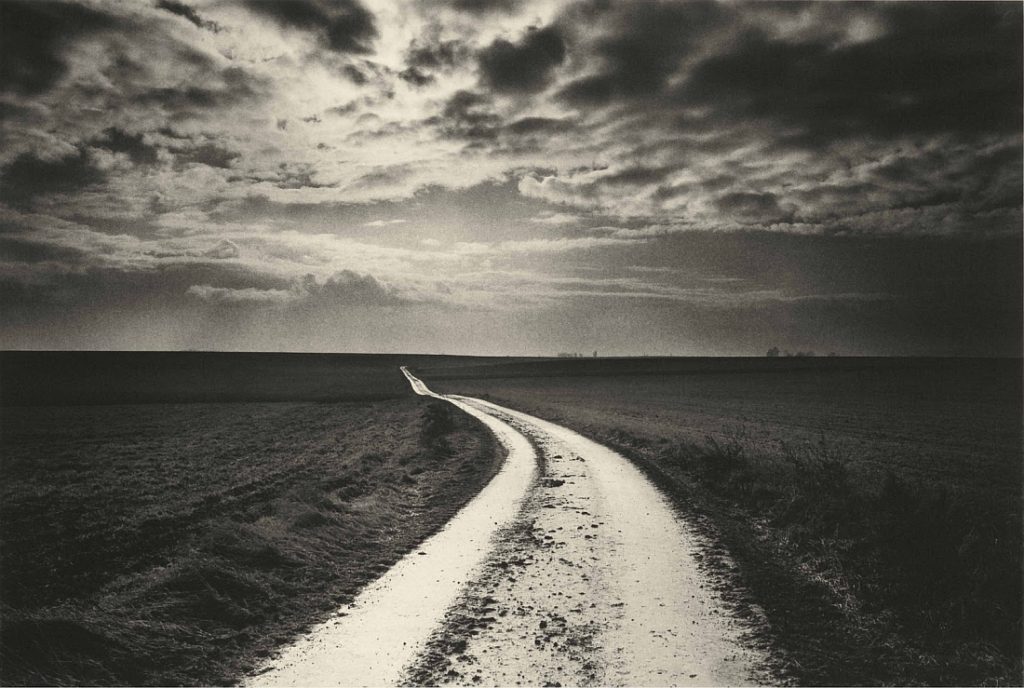

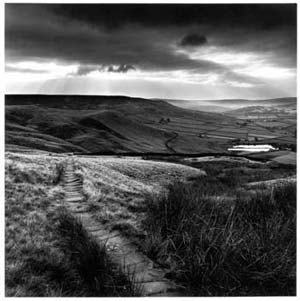
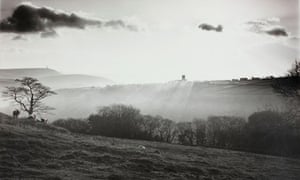
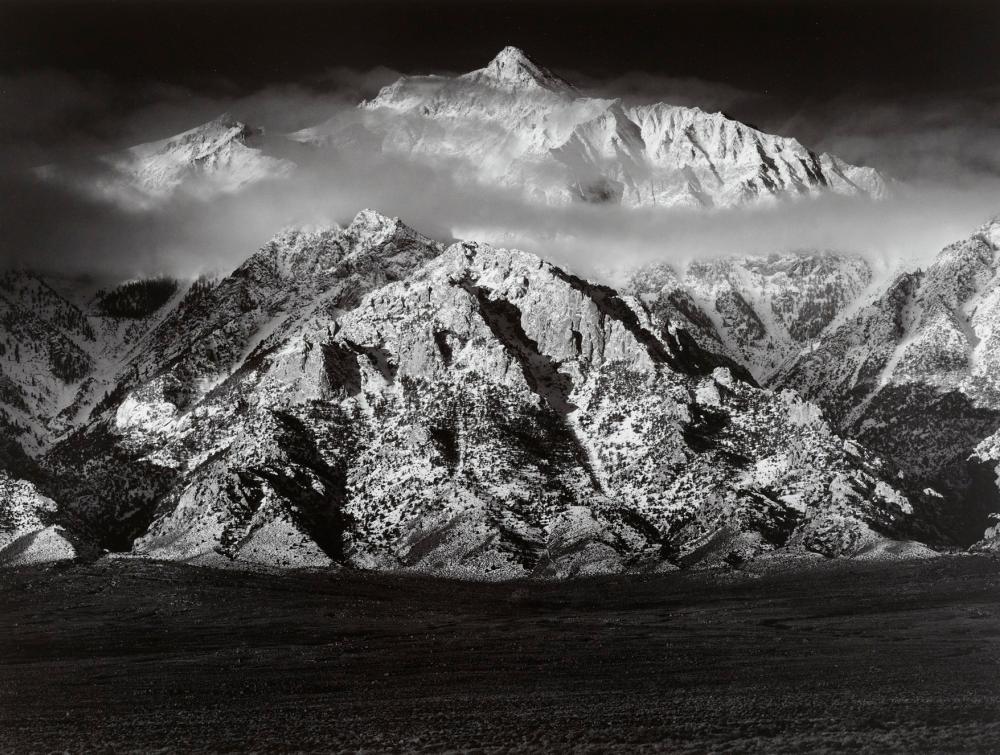
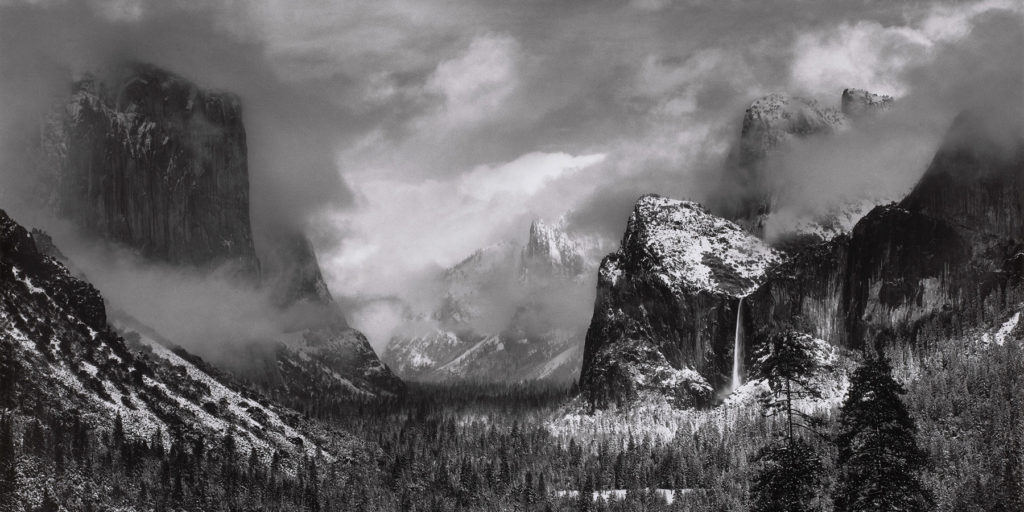
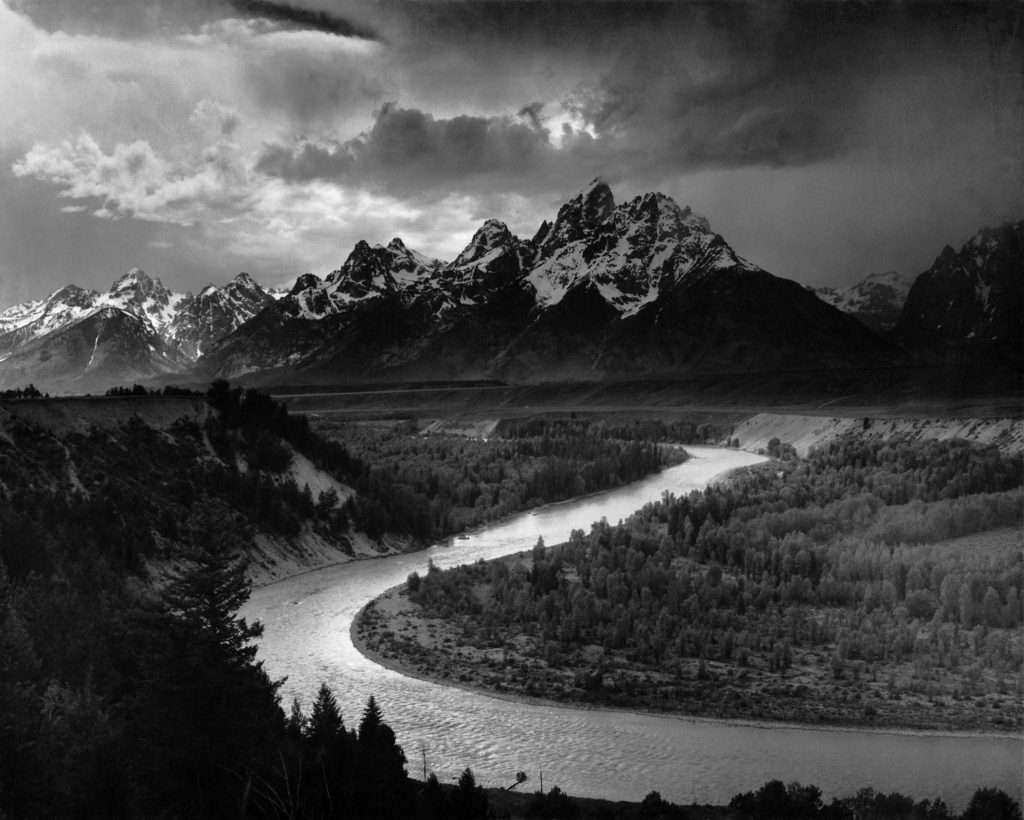
These are a mix of photos by Ansel Adams, Fay Godwin and Don McCullin. These photographers are renowned for their outstanding landscape photography.
Romanticism
Romanticism is a mindset not a movement that became popular in the 1800’s. The artists, photographers and musicians all had the same objective of conveying emotion in their work and provoking emotional responses in the audience. They focus on Nature being more powerful than man and the powers of the sublime.
Painting examples:
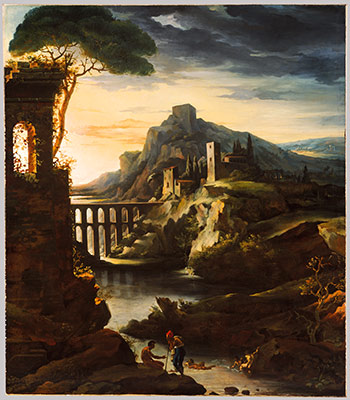
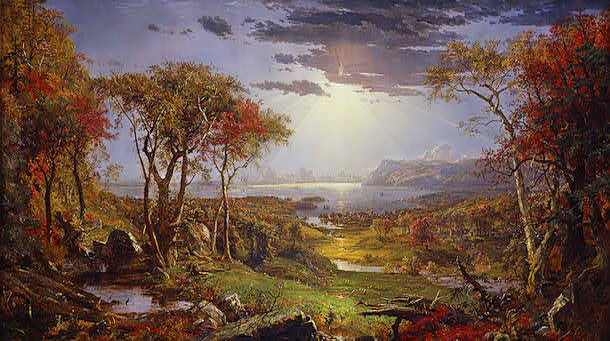
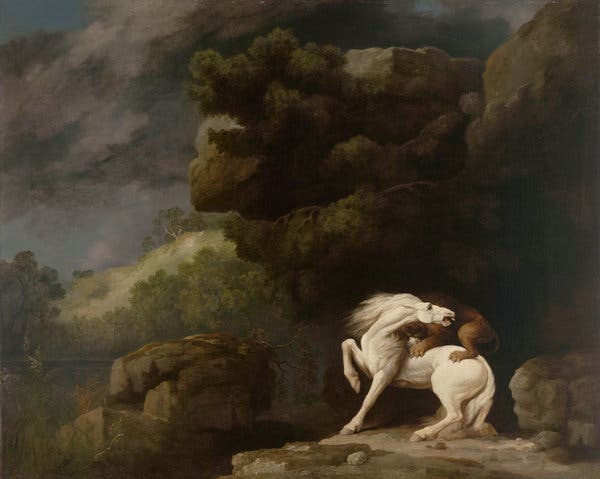
Photo Examples:

